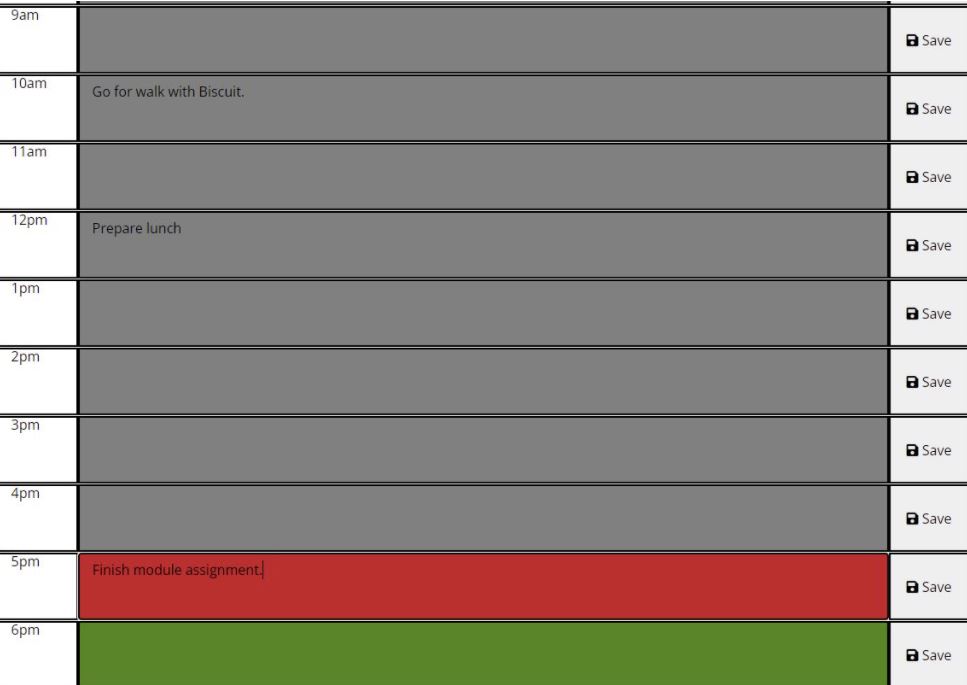
Thank you for visiting my website.
I'm a full-stack web developer recently graduated from the University of Miami's Division of Continuing & International Education Online Coding Bootcamp in June 2022. This website has evolved from being an early bootcamp assignment to a real labor of love for me where I can showcase my talent and knowledge about web development. I hope you enjoy your visit as much as I have enjoyed creating this site.
This website is built using HTML and CSS. Where I am not using raw CSS to style its content, I use Bootstrap, mostly for its Container layout element and Card component. You can see that in the work section. The fonts I use are pulled from Google Fonts, and the icons you see throughout are from the icon library Font Awesome (which I love as a resource for adding pizazz to a web page). Before you leave, spend a moment to review my work.
The infographic you see below shows all the places I have lived to date. It is a composite of a PNG image which was created with Canva, and a number of paths made with Adobe Illustrator and layered over the image. The animation is achieved with CSS and involved duplicating the paths, using attributes like stroke-dasharray and stroke-dashoffset, and a few precious hours of intense concentration to get it all right. I toiled with attempting to use one single animation call for the entirety of the paths but alas, some sleuthing led me to discover it's impossible, so 10 distinct animation calls it is!
